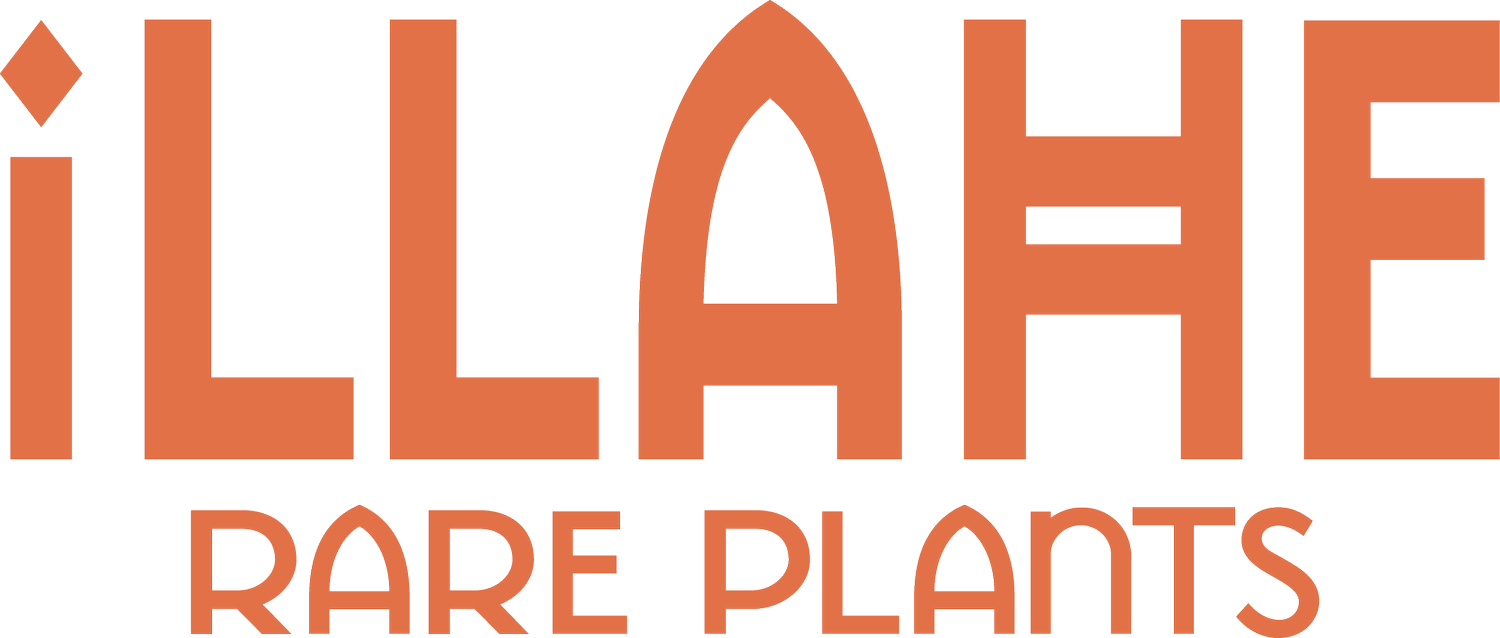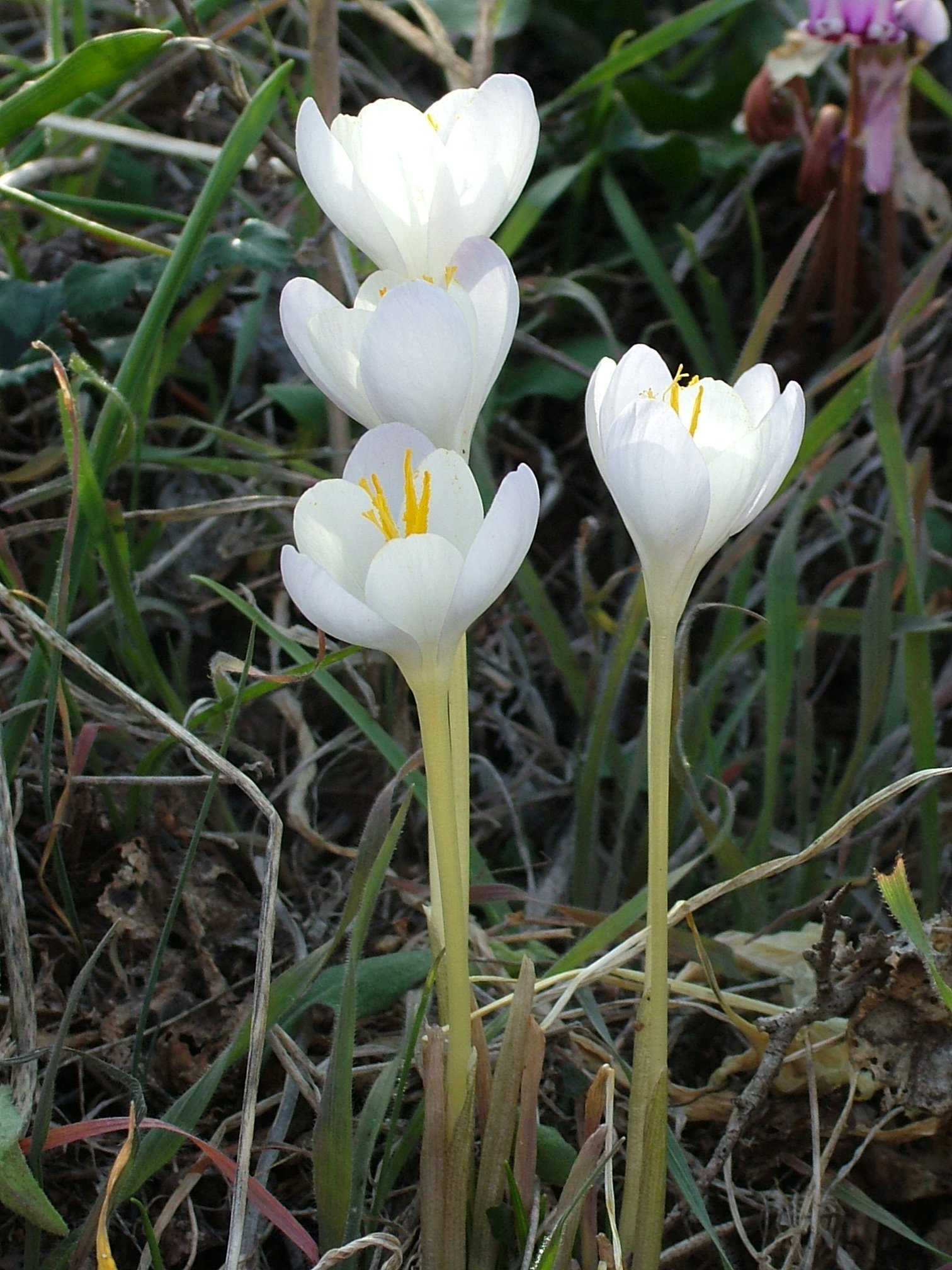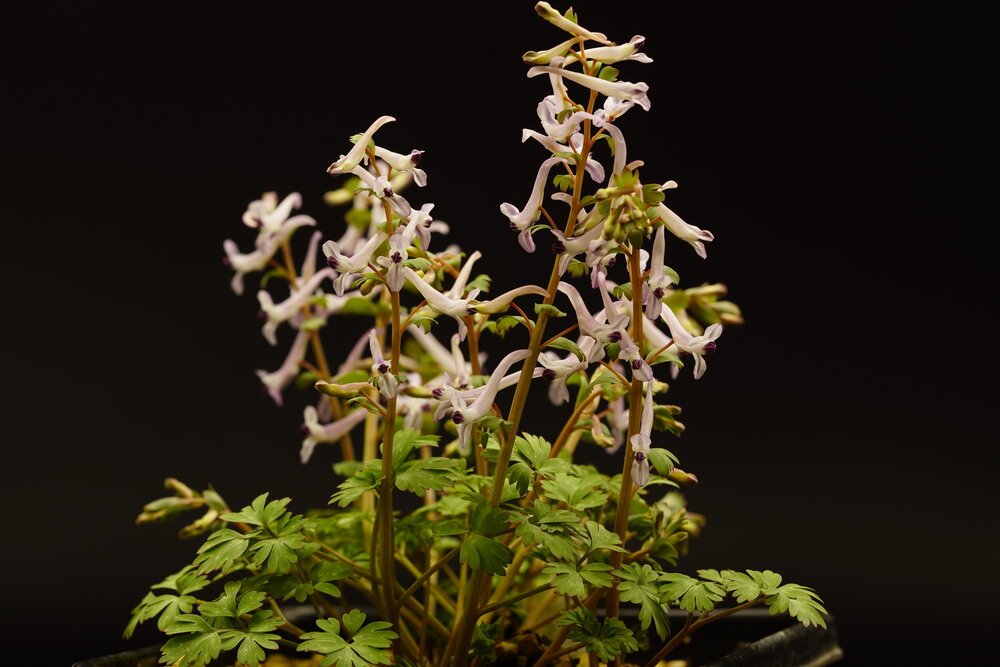


Umbilicus horizontalis
Native to rocky habitats throughout the Mediterranean Basin and Middle East, ranging from the Azores to Oman, this unusual succulent is a resilient and eye-catching addition to the rock garden. It forms low rosettes of rounded, fleshy leaves that emerge from a creeping rhizome, slowly spreading into attractive mats. The foliage may develop rich reddish-purple tones when grown under dry conditions—stress coloring that enhances its ornamental appeal.
In late spring to early summer, the plant sends up narrow, upright spikes of soft yellow, bell-shaped flowers that bear a passing resemblance to Tellima in their vertical stance. These floral wands rise well above the foliage, creating a striking architectural contrast. Despite its delicate look, Umbilicus horizontalis thrives in harsh, xeric environments, making it ideal for crevice gardens, vertical walls, troughs, or shallow pockets in full sun. It performs equally well in horizontal planting, provided the soil is well-drained and lean.
A perfect candidate for dryland plantings where minimal care and maximal textural contrast are desired. Drought-tolerant, sun-loving, and unbothered by poor soils.
Hardy to USDA Zone 7 (possibly Zone 6 with protection), although I think this could even be pushed a bit lower.
Native to rocky habitats throughout the Mediterranean Basin and Middle East, ranging from the Azores to Oman, this unusual succulent is a resilient and eye-catching addition to the rock garden. It forms low rosettes of rounded, fleshy leaves that emerge from a creeping rhizome, slowly spreading into attractive mats. The foliage may develop rich reddish-purple tones when grown under dry conditions—stress coloring that enhances its ornamental appeal.
In late spring to early summer, the plant sends up narrow, upright spikes of soft yellow, bell-shaped flowers that bear a passing resemblance to Tellima in their vertical stance. These floral wands rise well above the foliage, creating a striking architectural contrast. Despite its delicate look, Umbilicus horizontalis thrives in harsh, xeric environments, making it ideal for crevice gardens, vertical walls, troughs, or shallow pockets in full sun. It performs equally well in horizontal planting, provided the soil is well-drained and lean.
A perfect candidate for dryland plantings where minimal care and maximal textural contrast are desired. Drought-tolerant, sun-loving, and unbothered by poor soils.
Hardy to USDA Zone 7 (possibly Zone 6 with protection), although I think this could even be pushed a bit lower.







